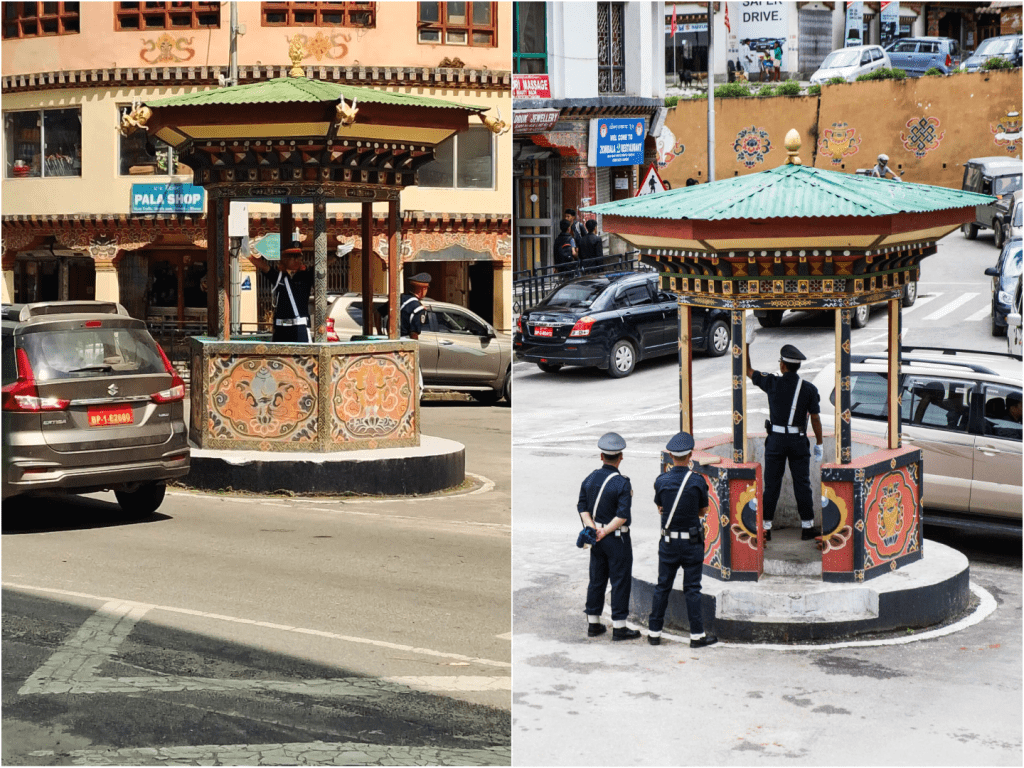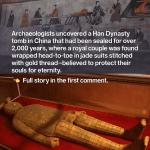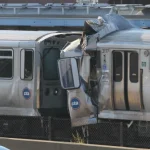Why Bhutan Chooses No Traffic Lights—and What It Teaches About Peace
I still remember landing in Paro and driving into Thimphu, Bhutan’s capital. I kept waiting for stoplights—red, yellow, green—but as the city bustled into view, I realized there weren’t any. No blinking signals, no traffic cones. Instead, at each intersection stood a traffic officer, guiding vehicles with slow, graceful arm movements. It struck me in that moment: this tiny kingdom in the Himalayas teaches something profound by simply choosing not to light the way.
Bhutan is one of only two national capitals globally without traffic lights—Thimphu and Ngerulmud, Palau share that rarity. Any attempt to install signals in the mid-1990s was swiftly reversed. One pilot set of lights in Thimphu was removed before ever turning on, after locals and leadership felt it clashed with Bhutan’s human-centered values.

Instead of blinking lights, there are traffic officers—white-gloved, elegant, almost meditative. Parked in small booths at key junctions, they wave, step out, and gently guide each vehicle. Their movements have been described as a form of poetry, a public dance set to the rhythm of passing cars. It’s an image that feels peaceful, even intimate, in comparison to the mechanized impatience of most cities.
This isn’t primitive or inefficient. Drivers in Thimphu learn respect, anticipation, and awareness. They yield to each other and pedestrians, not because a red light says so, but because it’s part of a shared rhythm. A wave of the hand can speak volumes. It encourages drivers to look into others’ eyes, to consider needs beyond their own schedule. Without the barrier of a metal box dictating moves, humanity takes center stage.
Bhutan’s government aligns this with its guiding philosophy: Gross National Happiness. It’s in the 1972 constitution, echoed in everything from bicycle lanes to traffic design. By forgoing traffic lights, Bhutan reinforces environmental care, public health, cultural preservation, and social cohesion. It’s a small but meaningful choice that says people matter more than efficiency.
Of course, this system has limits. As Bhutan modernizes and more cars hit the roads, especially near urban centers, questions arise about scalability. A handful of traffic booms at small roundabouts may suffice today, but what about tomorrow? The government has responded with better training, public awareness campaigns, and investment in road infrastructure. Still, the absence of lights remains intentional—a daily reminder of values over convenience.
Reading about Bhutan’s lightless streets, a lesson emerges. In most cities, traffic lights respond to chaos by enforcing order. They tell us when to go, when to stop, when to wait. But Bhutan invites us to ask: what if order came from community and mindfulness instead? What if peace wasn’t enforced, but lived, in every gesture?
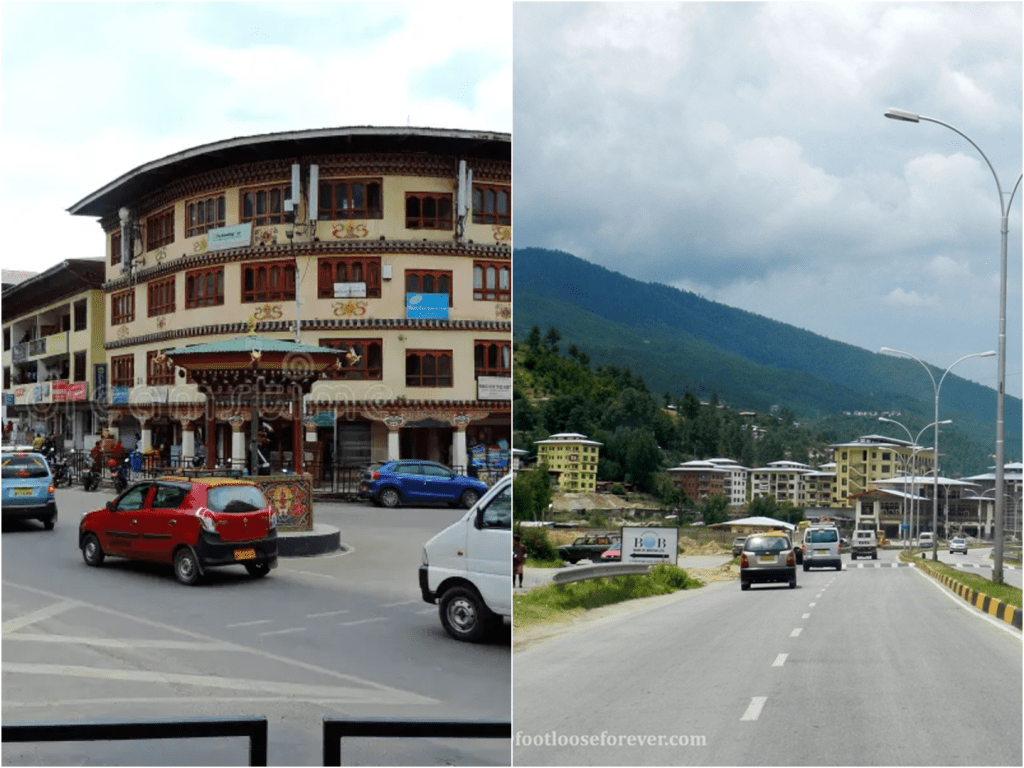
One evening, I watched an officer stop traffic so a group of school children could cross. The children waved, giggling. Drivers smiled back. No horns, no hurry. In that moment I thought of all the rushed intersections I’ve known—blaring horns, flashing lights, impatience at the wheel. That moment felt different. It felt gentle. It felt like Bhutan.
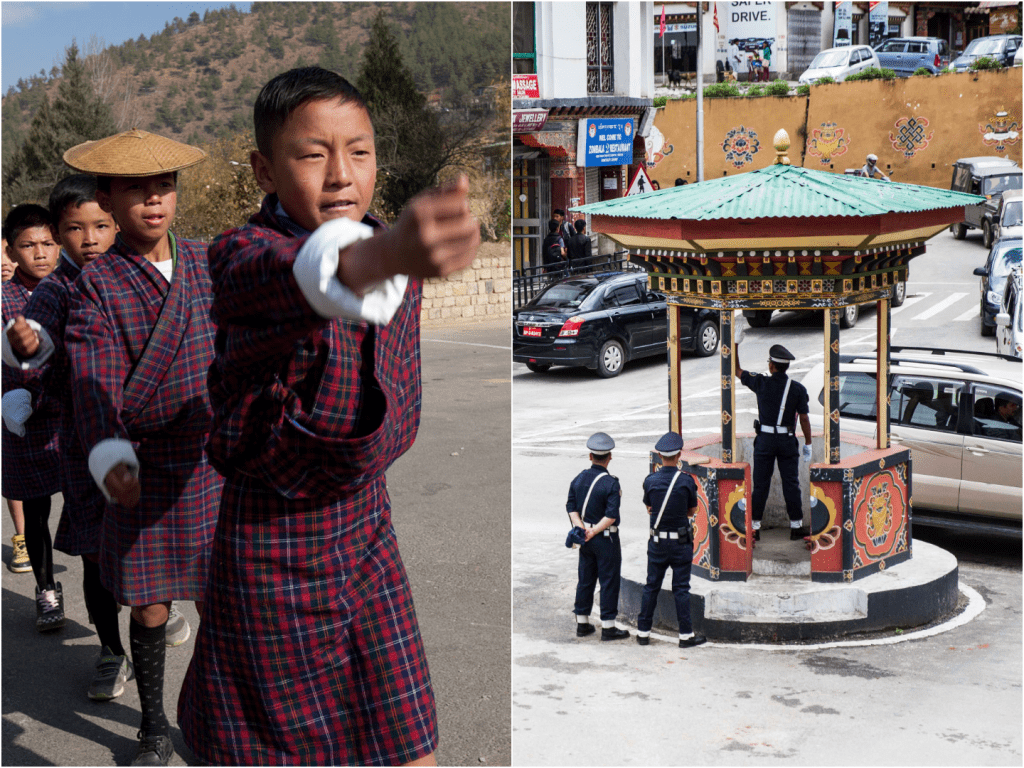
Now, I’m not saying we should tear down all traffic lights overnight. But maybe, if we look closely, there’s a lesson worth considering. What if we found ways to restore small, human pauses in our cities? What if we looked into each other’s eyes before moving? What if we built systems that trust intention over automation?
Bhutan’s traffic officers don’t just manage cars—they hold space. They invite connection. And maybe that’s what peace looks like: not just absence of conflict, but the presence of care.
Driving through Thimphu taught me that. Beneath the absence of flashing lights, Bhutan still lights up with humanity. And sometimes the best way to teach peace is to simply let people show it, one intersection at a time.

Lena Carter is a travel writer and photographer passionate about uncovering the beauty and diversity of the world’s most stunning destinations. With a background in cultural journalism and over five years of experience in travel blogging, she focuses on turning real-world visuals into inspiring stories. Lena believes that every city, village, and natural wonder has a unique story to tell — and she’s here to share it one photo and article at a time.
